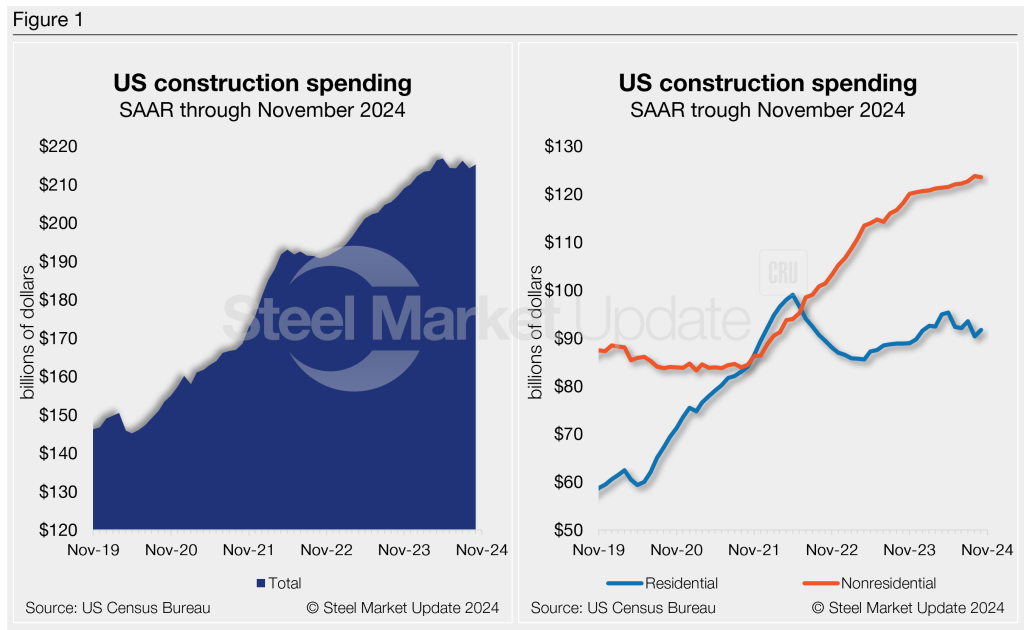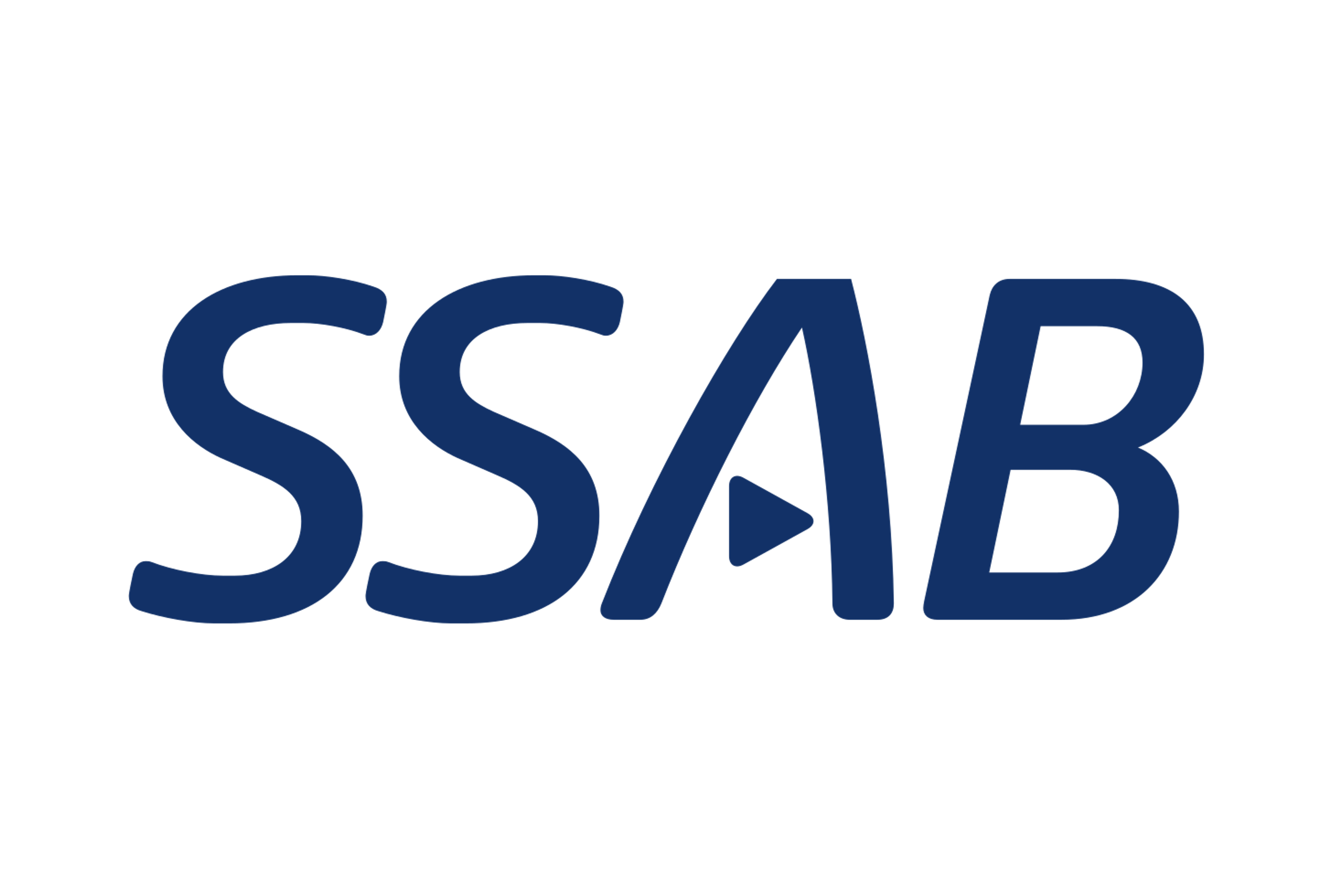Analysis
January 2, 2025
Construction spending steady in November
Written by David Schollaert
Construction spending inched higher in November for a second straight month.
The US Census Bureau estimated spending at a seasonally adjusted annual rate of $2,152.3 billion in November, which was basically flat from October’s downward revised rate. The November figure is about 3% above a year ago.
During the first 11 months of 2024, construction spending amounted to $1,986.8 billion, a 6.5% increase year over year, according to Census data.
Private builds
Overall, private construction outlays were $1,650.7 billion at a seasonally adjusted annual rate. That’s about 0.1% above the revised October estimate, the report said. Residential construction spending rose about 0.1% month over month to $906.2 billion, while nonresidential construction outlays were flat at $744.5 billion in November.
Public projects
Public construction spending edged 0.1% lower in November to $501.9 billion. Educational construction contributed to that lag, slipping 0.2% to $107.2 billion in November, while highway construction spending improved slightly, up 0.2% m/m to $1.42.9 billion.
The chart below shows a rise in spending over recent years, particularly in nonresidential investment.








